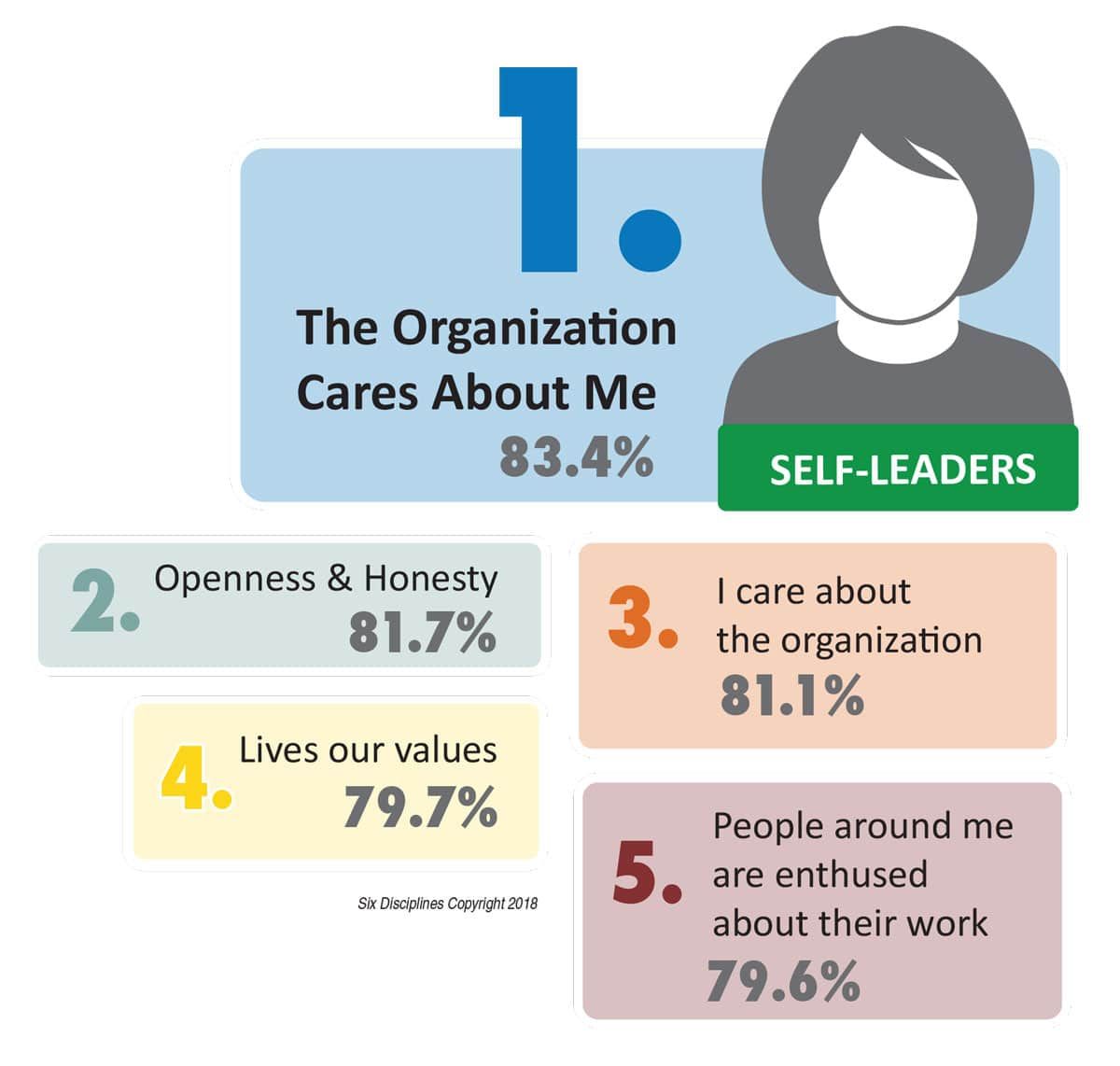Purpose-Driven Employee Engagement
Engaging people with purpose in their work is about day-to-day action, not speeches.
In 2012, less than one-third ( 29% ) of American workers were engaged; 52% were not engaged; and 19% were actively disengaged.
The top 5 things your employees say drive engagement.

1. The Organization Cares About Me
Out of 65 factors, this was the number one influence on employee engagement. Sound soft and intangible? The next four data points flesh out what “cares about me” means.
2. Openness & Honesty
All relationships, work relationships included, are built on truth and trust. Anything less feels like manipulation. Shoot straight with them and people will know you care.
3. I Care About the Organization
People are looking for purpose at work more than perks and pampering. How do you care for people? Show how their work fits in the bigger picture.
4. Lives Our Values
People want an organization that has clear values and, shocking, actually lives them.
5. People Around Me Are Enthused About Their Work
Shower someone with benefits but stick them with apathetic co-workers and they will quit. Or worse, stay and stop caring. People what to be on a team that cares about their work and pulls together.
A Six-step model for better employee engagement
1. Individual Plan
Know What is Important.
Individual engagement starts with knowing what you are, and are not, responsible for . Everyone should have a plan they ‘own.’
- Makes ongoing responsibilities clear (‘big rocks’)
- Links those responsibilities to the organization’s purpose
- Identify projects for improving results
- Holds employees accountable for professional growth
2. Weekly Self Check-In
Realign Around What’s Important.
This what Steven Covey called the putting in the ‘big rocks’ first. (the bucket representing limited time, and the big rocks being what’s important and the pebbles being distractions that come at you every day)
Doing this well requires:
- Knowing what the ‘big rocks’ are (priorities from your plan)
- Clarifying status of each plan item identifying problems early
- Identify next action steps so others know what’s coming
- Say no to the urgent but unimportant stuff
3. Weekly Team Check-In
Pull as a Team.
Important work usually requires people to cooperate. The Team Check-in process helps:
- Clarify status and misunderstandings
- Catch surprises early
- Make agile adjustments based on the latest information
- Keep the team aligned
4. 1:1 Check-in (Quarterly)
Coach not Command.
Set your managers up to build strong, growth-oriented relationships with every worker. Learn from the past quarter and prepare for the next.
- Compare past plan to and what actually happened
- Focus on the real objective of helping the individual to grow
- Balance individual performance with overall team performance
- Provide perspective the individual may not see
- Consider progress on self-development plan
5. Stakeholder Check-in
Get Stakeholder Feedback for Every Worker.
High quality performance reviews start collecting the right information. Stakeholder Check-in’s help workers see their real contributions and envision their own potential.
This step provides the leader and worker with:
- A review of quarterly check-in conversations and results
- Multi-rater feedback from the employees stakeholders
- A peer assessment of leadership aptitude
- Time savings that can be invested in thinking about the future
6. Annual Check-In
Take the Long View.
Even with quarterly check-ins, an annual check-in provides an opportunity to engage employees at a more strategic level. Weekly meetings and quarterly check-ins tend to be focused on short-term issues. An annual meeting provides an opportunity to step back from the detail and help workers think about their future.
Typical objectives:
- Clear review of what happened last year (20%)
- Understanding of areas of aptitude and strength (40%)
- Opportunities for long-term development (40%)
Subscribe to the LeadFirst Briefing
Conquer Chaos in Your Business
- Order copies of Built to Beat Chaos for your team
- Lead your team through the Discussion Guide
- Set a vision for your business with the LeadFirst Purpose Workshop.





